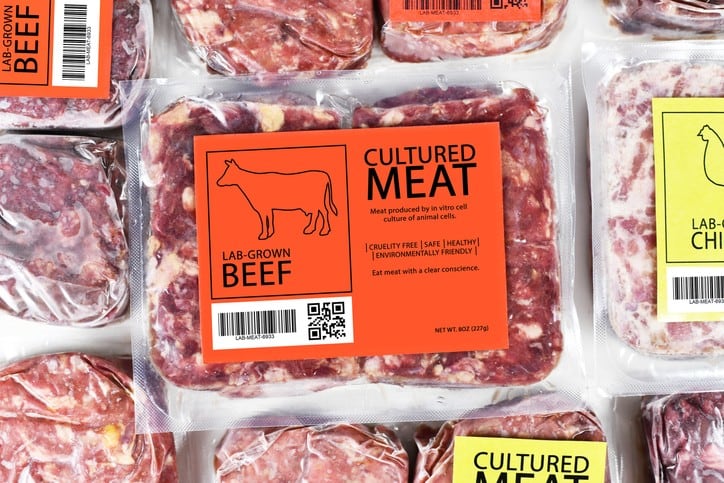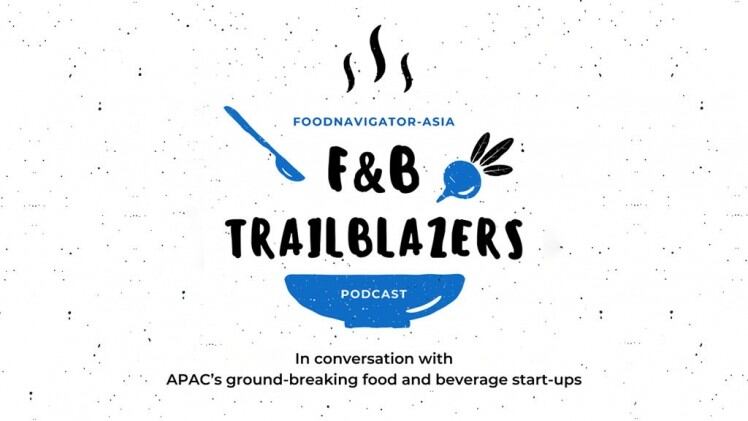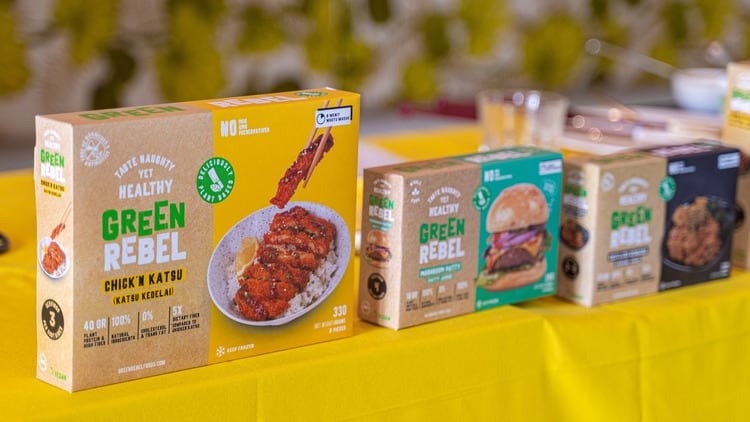Within the alternative protein sector, plant-based protein and cell-cultivated protein are two of the main options attracting investor and regulator interest in hopes of developing a food system with better food security and sustainability credentials – but experts believe that cultivated protein currently holds an advantage by having positioned itself as ‘symbiotic’ and not ‘at war with’ the meat industry.
“In several markets, plant-based protein alternatives have really become positioned as an enemy of the meat sector and basically gone to war with this large traditional sector,” Aleph Farms Director of Market & Corporate Development Gary Brenner told the floor at the recent Cellular Agriculture: Asia Summit 2022.
“A major point of differentiation between plant-based protein and cultured protein alternatives is how the latter has focused on the symbiotic needs between both fledgling cultivated meat and heritage meat and food manufacturing brands – in fact, it is this focus that has led to many cultured meat firms having big heritage meat and food manufacturing brands as investors or backers.”
Aleph Farms boasts global seafood major Thai Union and agricultural giant Cargill amongst its investors, and other cultivated meat firms such as Future Meat Technologies and Mosa Meat are also funded by traditional meat MNCs such as Tyson Foods and Bell Food Group.
There are of course also various plant-based protein firms that have succeeded in getting funded by traditional meat firms, with one of the most well-known examples being of course Beyond Meat’s backing by Tyson – but a lot more of this funding has been sourced from venture capital funds such as Lever VC.
In fact, a lot of recent focus by these bigger brands has been on developing their own plant-based alternatives - such as Nestle’s Harvest Gourmet range in Malaysia and Oceania and Tyson’s First Pride range in Asia, as well as ingredient giants such as Cargill and Kerry’s development of their own plant-based ingredient blends to help more interested firms make their own products.
Moreover, in recent years it can indeed be seen that it is the plant-based that has had to bear the brunt of ‘attacks’ by the traditional meat and dairy sectors – case in point in India and Australia where nomenclature for these products is still hotly under debate by food authorities, and many firms stand to lose brand or company names containing terms such as ‘milk’, ‘sausage’, ‘beef’ and more.
Brenner’s assessment that the cultivated protein sector has managed to more successfully position itself as having a symbiotic relationship with meat and dairy incumbents does bear merit in this sense – but playing with the big boys also means that compromises have to be made at this point.
“The unfortunate downside downside of these partnerships is that many of these big names do tend to carry a lot of baggage with them – these can range from [being associated with] animal welfare concerns to environmental contamination concerns to the unilateral dominance of food sector,” he said.
“So what all of us developing cultivated meat are doing now is trying to figure out a way to create that balance, which will benefit both sides such that the pros outweigh the cons – [we definitely] want them to see cultivated meat as the future, and working together is a good way to demonstrate the sector’s potential.”
Upgraded government support needed
What the sector is still sorely lacking in many markets across the APAC region though, is strong government support, even with strong interest having been expressed in countries such as Singapore and China.
“It should be noted that in Aleph Farms’ home base of Israel, the government has actually made a very strong commitment to cellular agriculture and cultivated meat, at a higher level than even markets like Singapore and the United States – yet at this point in time, total government investment still stands at just around 5% of all the financing that has been successfully raised by the industry,” said Brenner.
“Given this observation, government investment and commitment still has a ways to go to reach the levels that cultivated protein requires to make big changes to the food supply in APAC – and the same goes for the rest of Asia, perhaps even more so.
“Over the last decade, we have seen a lot of public-private partnerships take off in a big way for other emerging industries – take how Elon Musk was able to raise US$5bn for his companies in the last decade from US government alone, or how national governments including in the APAC region have been strongly supporting meat industries in multiple countries over the years.
“So the question is, how can we get more governments, from national to municipal and across nations, to take a more proactive role in this sector?”
He believes that one possible answer lies in the net zero goals that many countries have committed to reach by 2050.
“This could be a good negotiating point with government agencies – how this sector can use renewable energy to help them achieve their net zero goals, in addition to solving local food security issues,” he said.
“We need governments to start looking at this more closely as soon as possible, as there will be a significant impact on regulations, our next big challenge - Already there are differences between pathways being discussed in the [more advanced markets for cultivated protein such as] the US and Europe, and even within Asia there are differences being seen in Singapore and Japan.
“The hope would eventually be harmonisation, but without co-operation, it will not be possible to harmonise the regulatory pathways and eventual approvals among APAC/ASEAN countries, or to figure out how to address the differences between the various technological platforms being developed by different firms – so more pro-activeness really is needed.”





